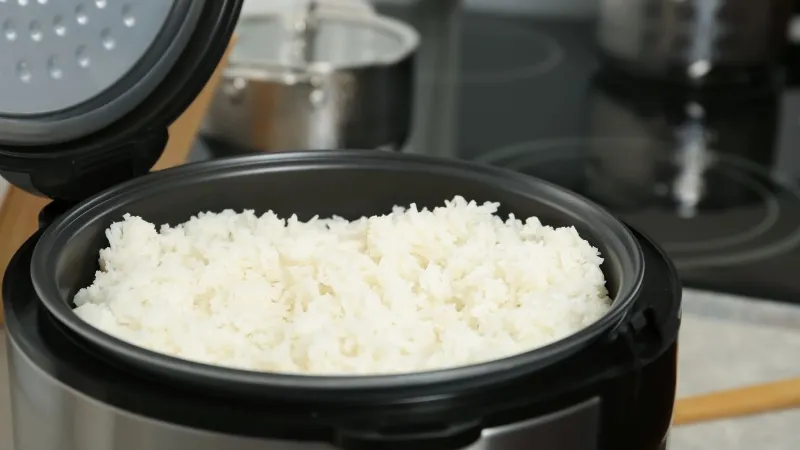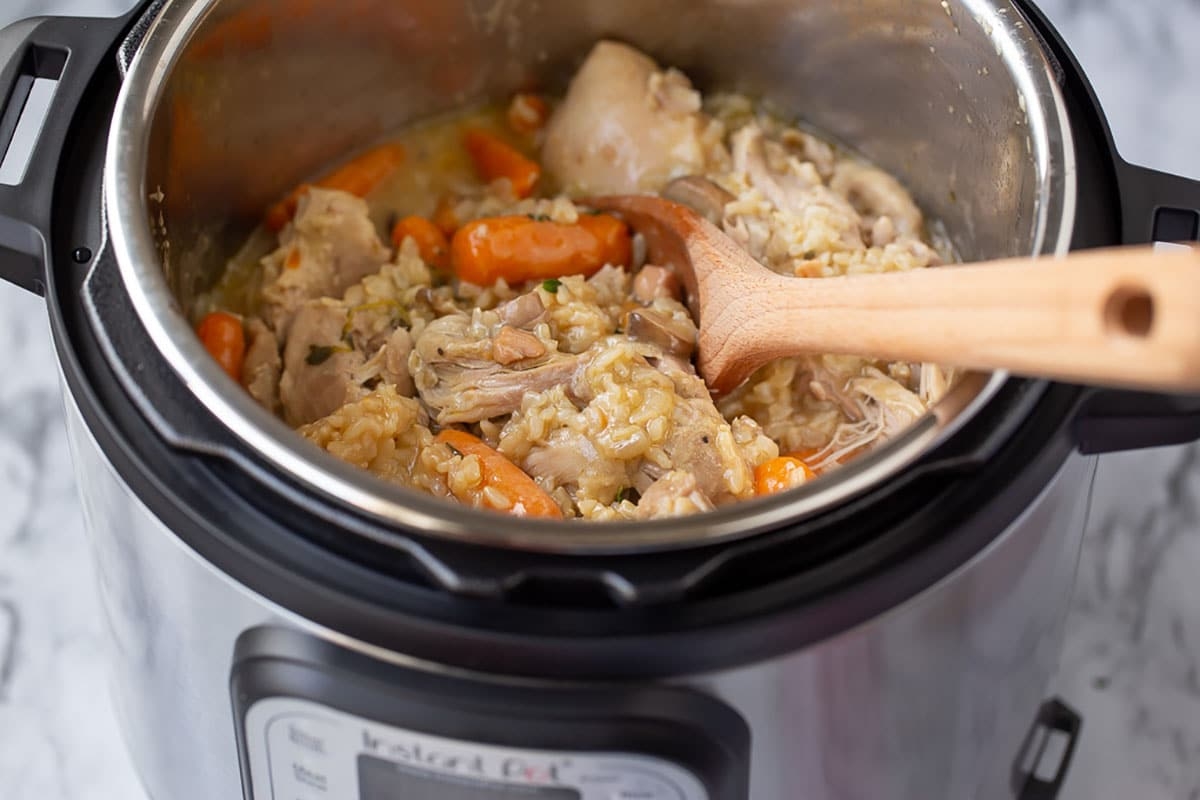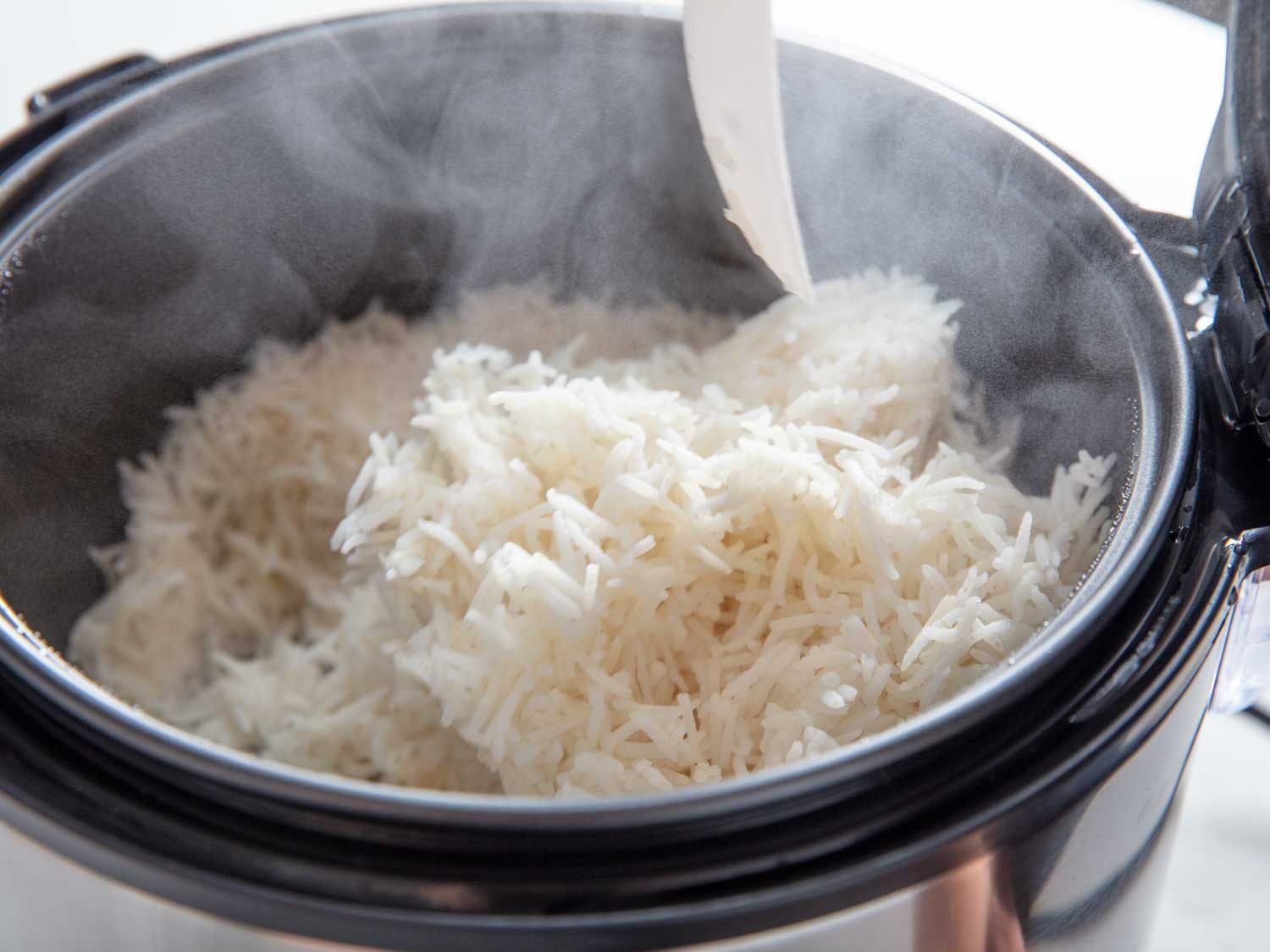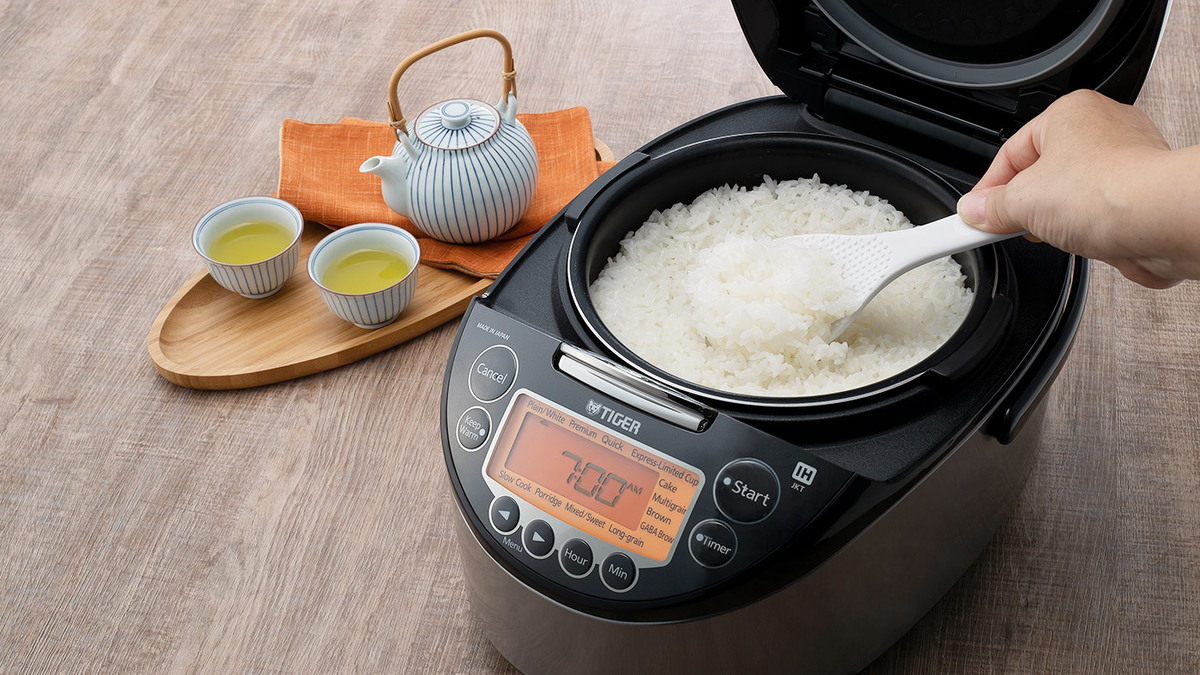Mastering the Art of Cooking Ramen in a Rice Cooker: A Simple Guide
Written By James Morgan
Welcome to an in-depth, mouth-watering guide where we delve into how to cook ramen in a rice cooker. Have you ever thought beyond the usual ways ramen can be prepared? If not, then this article will take you on an exciting culinary adventure. From choosing the right ingredients to seasoning your broth to perfection, you'll soon discover new dimensions to this beloved dish. For those who cherish quick, flavorful, and easy meals, this guide is tailored just for you. Let's embark on this savory journey together.

Why Cook Ramen in a Rice Cooker?
It's an unconventional approach, but using a rice cooker can significantly simplify the process. A rice cooker isn't just for cooking rice; it's a versatile kitchen appliance that can create a variety of dishes. So, why not utilize it to make ramen too? A rice cooker offers a hands-free cooking experience, ensuring you can multitask concurrently. Plus, it produces consistent results every time you cook. For anyone tired of traditional stove-top cooking methods or living in small spaces like dormitories and studio apartments, the rice cooker becomes an invaluable kitchen tool. When you cook ramen in a rice cooker, it takes care of the boiling, simmering, and cooking all by itself, which not only saves time but also reduces the effort required to produce a delicious meal. From busy parents to working professionals, anyone can benefit from the simplicity and efficiency of this cooking method.

Ingredients You Will Need
- Ramen noodles (instant or fresh)
- 2 cups of chicken broth or vegetable broth (depending on your preference)
- Various vegetables (carrots, mushrooms, corn, and spinach)
- Protein of your choice (chicken, tofu, eggs, or shrimp)
- Soy sauce
- Sriracha or any hot sauce (optional, for those who prefer a spicy kick)
- Minced garlic
- Ginger
- Green onions (for garnish)
- Sesame oil
- Rice Cooker - If you don't have one, consider getting one here
- Knife Set - Having a sharp and reliable knife set makes preparation easier
- Cutting Board - A sturdy cutting board is essential

Preparation Steps
Before diving into the cooking process, it's necessary to prepare all the ingredients properly. Proper preparation will not only make your cooking smoother but also enhance the flavor of your ramen. Start by arranging all the ingredients mentioned above. Ensure that your workspace is clean and organized.
Chopping the Vegetables and Proteins
Using a knife set, finely chop the vegetables and proteins of your choice. Carrots should be sliced into thin strips, mushrooms can be chopped or kept whole if they are small, corn can be either from a cob or a can, and spinach leaves should be washed thoroughly. If you're using chicken or tofu, cut them into bite-sized pieces. Similarly, if you prefer shrimp, you can leave them whole or cut them if they are large. An efficient way to ensure all chopping is done safely is by using a sturdy cutting board. Place all the chopped ingredients in separate bowls. This step is crucial for evenly cooked ramen, as different vegetables and proteins have varying cooking times.

Commencing the Cooking
It's now time to put your rice cooker to work. Begin by adding two cups of chicken or vegetable broth to the rice cooker. This serves as the base for your flavorful ramen. Turn on the rice cooker and set it to the cook setting. The broth will gradually heat up, creating a rich and flavorful base for your noodles.
In the next stage, incorporate the minced garlic and ginger into the broth. These ingredients are essential for developed, savory undertones. Garlic provides subtle spice, while ginger adds a fragrant, slightly zesty touch. Stir them into the broth and let them simmer for a few minutes.
Adding the Vegetables and Proteins
With the broth now aromatic and simmering, it's time to add your vegetables and protein. Depending on your choice of vegetables, ensure they are added in the order of their cooking times. For instance, start with the hardier vegetables such as carrots and mushrooms. Allow these to cook for a few minutes before adding lighter options like spinach and corn.
Similarly, if you're using chicken, it's ideal to add it early to make sure it cooks thoroughly. For tofu or shrimp, these can be added a bit later since they require less cooking time. Stir the mixture gently to ensure even distribution of heat and flavors. This step is very important because it ensures all components reach an even level of doneness and absorb the broth's flavors fully.
Cooking the Noodles
Finally, it's time to cook the ramen noodles. Depending on whether you're using instant ramen or fresh noodles, the cooking time can vary. Instant noodles generally take only a few minutes, while fresh noodles may need slightly longer. Add the noodles to the rice cooker and use tongs or a fork to submerge them fully in the broth. The noodles will start to absorb the rich flavors of the broth and the ingredients, making them incredibly tasty.
Seasoning and Final Touches
As the noodles cook, add soy sauce and Sriracha (if you prefer a bit of spice) to the mixture. This will heighten the umami flavor and give your ramen a delightful kick. It's important to taste the broth and adjust the seasoning to your preference. If needed, add a pinch of salt or a bit more soy sauce. Stir the ingredients continuously to ensure all the flavors meld together harmoniously.
Serving Your Ramen
Once the noodles are cooked to your satisfaction, turn off the rice cooker. Let the ramen sit for a minute to cool down slightly. Use a ladle to carefully serve the hot, steaming ramen into bowls. Make sure to include a bit of everything noodles, vegetables, proteins, and of course, the savory broth. Garnish with chopped green onions and a few drops of sesame oil for an extra burst of flavor and aroma. For an added touch, you can also sprinkle some sesame seeds or add a soft-boiled egg as a topping. If you're curious about more delightful dishes, perhaps you'd like to learn how to make easy banana sushi or spare ribs on gas grill for a diverse menu.
Enjoying Your Homemade Ramen
Now that your ramen is ready, it's time to enjoy the fruits of your labor. Sit back, relax, and savor each bite. The mixture of flavors from the broth, vegetables, proteins, and noodles will undoubtedly satisfy your taste buds. Every spoonful will offer a delicious, comforting experience. Cooking ramen in a rice cooker is not only easy but also an excellent way to explore new flavors and combinations. If you want more inspiration for your meals, check out how to cook chicken and rice casserole.
Cleanup and Maintenance
After enjoying your meal, it's essential to clean up properly to keep your cookware in good condition. Start by unplugging your rice cooker and allowing it to cool down. Remove any leftover food and wash the inner pot with warm soapy water. For tough stains or burnt remnants, use a cookware cleaner to ensure a thorough clean. Don't forget to clean your cutting board as well. Apply some cutting board oil to maintain its longevity and prevent cracking. Keeping your tools in top shape will make your next cooking experience even more enjoyable. And while we're on the subject of rice, if you need help cooking white rice, this guide can be very useful.
As an Amazon Associate, I earn from qualifying purchases.



